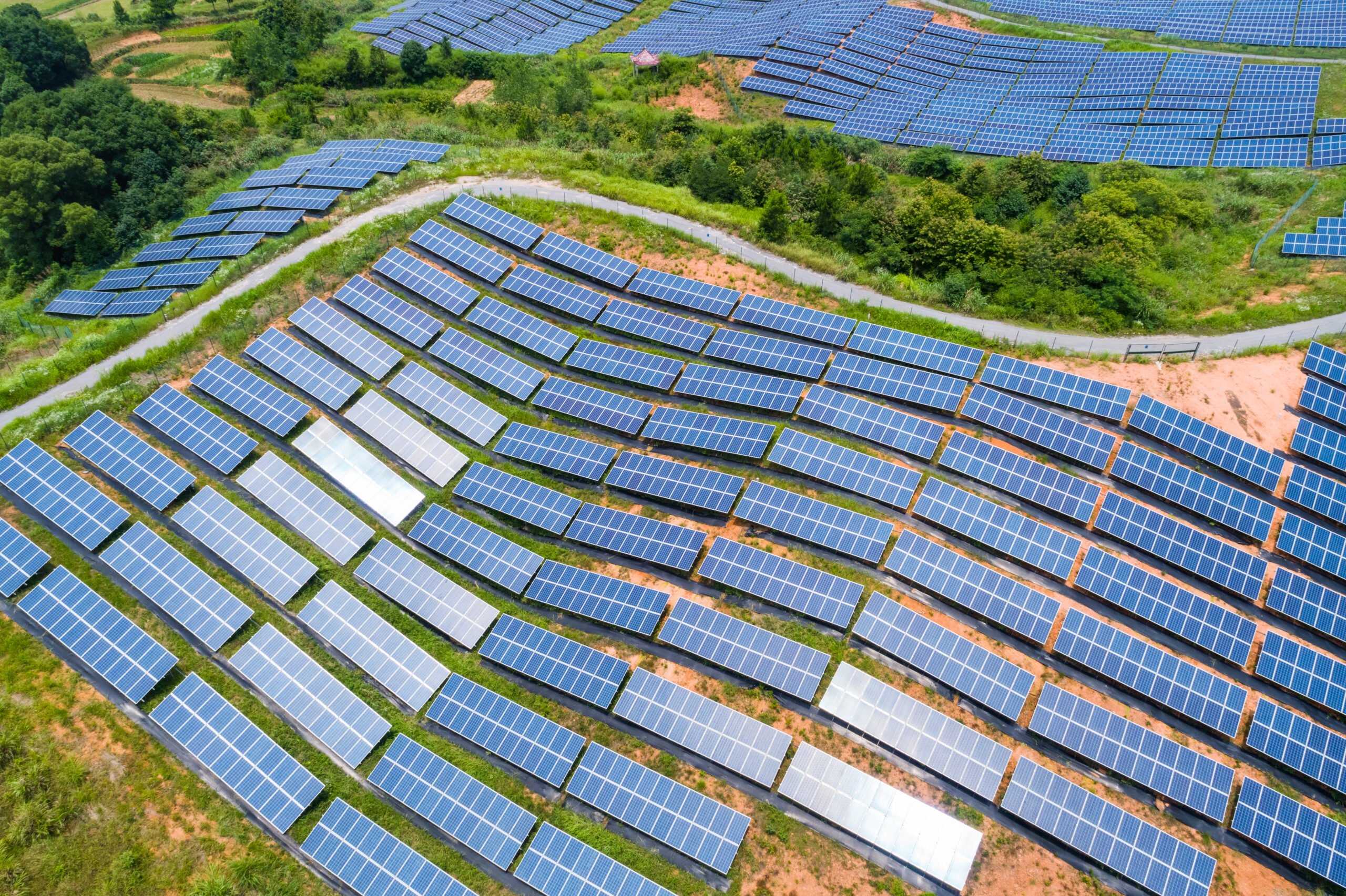The state of Massachusetts is taking a forefront stance in the United States in the shift toward renewable resources. Embracing renewable energy in Massachusetts has become an enticing option for those wanting to promote sustainability and cut down on their environmental impact. This article will guide you through the process of adopting renewable energy, also called clean energy or green energy, how to go about it, and the different avenues to explore.
Understanding Clean Energy Resources
Clean energy, as the term implies, refers to energy that is generated from sources that naturally replenish themselves or are inexhaustible. These include solar, wind, hydropower, and biomass, among others. The shift to clean energy offers an environmentally-friendly alternative to traditional fossil fuels and aids in minimizing greenhouse gas emissions.
Massachusetts, with its state policies favoring clean energy, has made great strides in harnessing the potential of these resources. The Renewable Portfolio Standard (RPS) implemented by the state mandates electricity suppliers to source a percentage of their energy sales from renewable energy sources, thereby creating a promising market for sustainable energy.
Choosing the Right Energy Source

Deciding on the most appropriate renewable energy source largely depends on your location and the resources readily available to you. For instance, homes located in areas with significant sunlight hours would benefit from solar energy, while coastal homes with high wind speeds might find wind energy to be a more feasible solution.
- Solar Energy: The Massachusetts Department of Energy Resources (DOER) has initiated the SMART (Solar Massachusetts Renewable Target) program which incentivizes residents to adopt solar energy by offering financial benefits based on the amount of solar energy generated.
- Wind Energy: Massachusetts has an extensive coastline which is perfect for harnessing wind energy. The state provides incentives and rebates for residential wind systems through the Massachusetts Clean Energy Center (MassCEC).
- Hydropower: Although not as commonly adopted for residential use due to the requirements for a running water source, small-scale hydropower systems are another green energy option for Massachusetts residents.
- Biomass Energy: The use of organic materials to generate heat or electricity is another alternative. However, biomass systems require careful consideration due to their varying impact on the environment based on the source of biomass.
Exploring Renewable Energy Providers
Various energy companies offer green energy options to consumers in Massachusetts. Here, we’re not promoting or ranking any providers but offering you the awareness that there are choices out there. These providers sell energy generated from renewable sources into the grid. When you switch to a green energy plan, you are essentially ensuring that the equivalent of your home’s electricity consumption is contributed to the grid from renewable sources.
Getting the Most Out of Your Energy System

Once you’ve selected your green energy source and provider, the next step is optimizing your system. This doesn’t necessarily mean increasing the energy efficiency of your home but rather optimizing the energy generation of your system. For solar panels, this might involve regular maintenance and cleaning to ensure maximum light absorption. For wind turbines, keeping the turbine well-maintained and located in an area with optimal wind flow will ensure peak performance. Remember, the output of renewable energy systems is directly related to their condition and location.
Overall, transitioning to green energy in Massachusetts is not just an environmentally-friendly choice but also an economically-viable one, thanks to the various programs and incentives offered by the state. It’s about identifying the most suitable energy source based on your location and needs and exploring the range of renewable energy providers available. Though the transition might seem overwhelming at first, the long-term benefits for both you and the environment make it a worthwhile endeavor. Remember to optimize your renewable energy system for maximum output, and you’ll be on your way to a more sustainable future.

